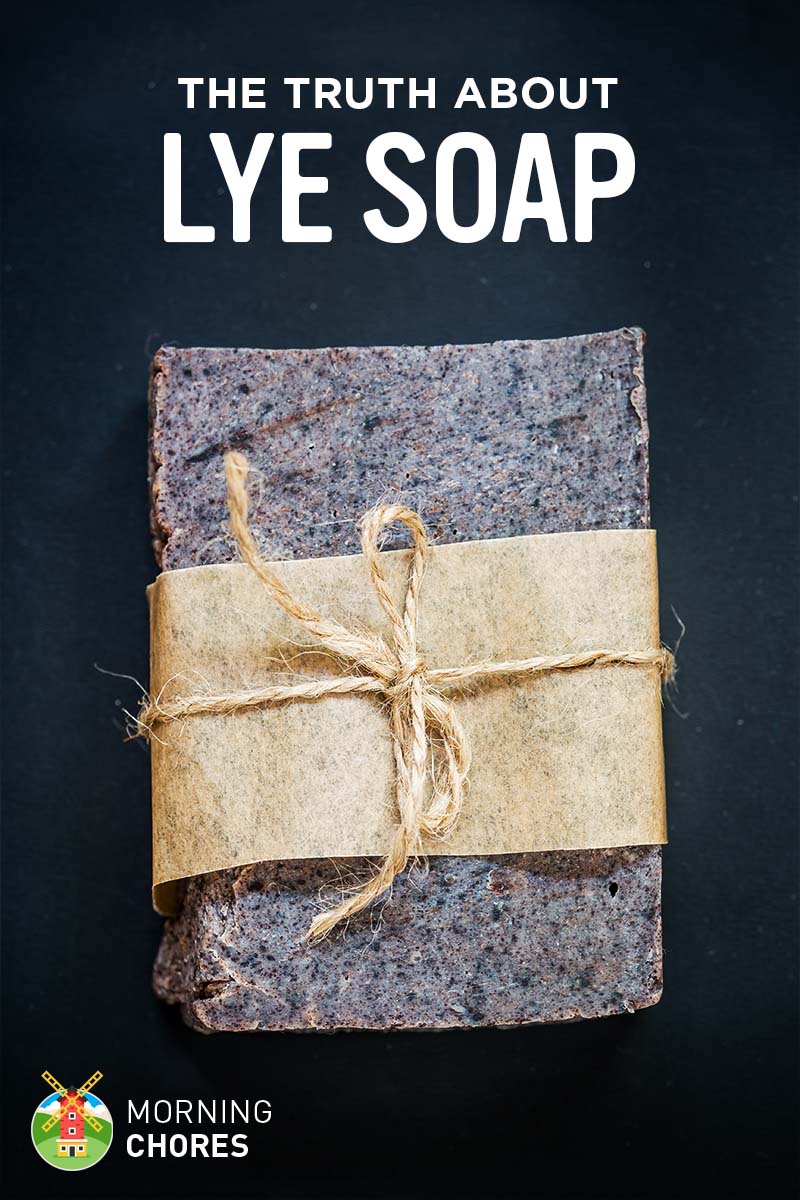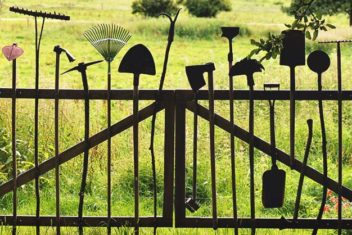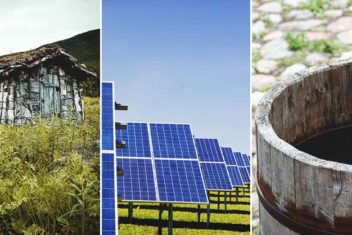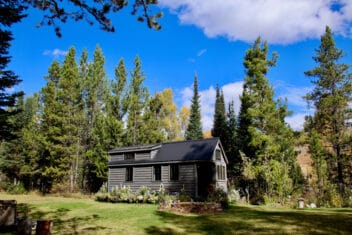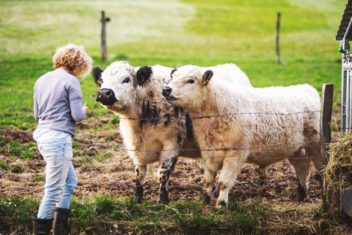Making soap is something I’ve wanted to do but never had the courage.
However, recently some friends of ours have gotten into the soap making business. They are doing quite well and really enjoy it.
After seeing how much fun they’ve had with it, I’ve decided to face my fears and take on the task. However, the reason I’ve been so fearful of it is because of the lye.
Yes, I know you can buy the soap base to avoid lye, but I really wanted to give the old fashion version a try.
So today I’m going to share with you what I’ve come to learn about lye.
I’ve learned the more you know about your fear you usually begin to realize that there is less to fear than you once imagined.
The History Of Lye Soap
Soap making is nothing new.
Our ancestors cleaned themselves, their children, and their clothes in lye soap. I was quite surprised to find out that archaeologists actually found recipes for lye soap in ancient Mesopotamian writings.
Clearly, lye soap goes back farther than we can even really imagine. However, when the Early Americans made lye soap boy did they make it!
They were like many modern homesteaders. They had to use what they had in order to survive.
What they could use in order to make soap was their old wood ashes. (It kind of makes you wonder how someone was able to relate wood ashes to lye in soap)
They wouldn’t use wood ashes directly. So instead they would run water through the ashes and make a lye solution.
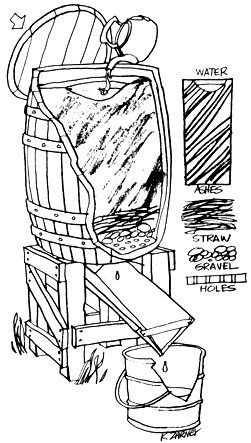
This made a killer soap but because of the method it would make the lye a little unpredictable and therefore it would often time work a little too well if you know what I mean.
It is clear by our history that lye deserves respect but it isn’t something we should necessarily be fearful of. We have come a long way in the soap making and lye solution process.
The Upside To Using Lye
Lye deserves some serious respect, it has its high points that are certainly worth mentioning.
Lye soap is a great cleaner and multipurpose too.
You can use it to wash clothes, to wash, or to make cleaning supplies. And it can be made for a matter pennies.
Interested in learning how to make your own soap? Here is how. And here are the items you’ll need to get started:
- Glass jar for dissolving lye
- Kitchen thermometer
- 2-quart or larger mixing bowl
- Kitchen scale
- Soap mold
Lye soap is cheap to make, easy to make, and very effective. What more could you hope for?
The fact that soap can be made from vegetable oils or by rendering animal fat, it is also sustainable. If you are someone that tries to be self-sustained, or you just like to make what you can then soap is for you.
Not to mention, soap is one more thing you can make to sell in order to keep your homestead afloat.
As you can tell, the upsides to lye soap are many and certainly make soap making at least land on the list of considerations for a new hobby, if nothing else.
Lye’s Downfalls
Lye has but one downfall: Chemical burns.
Now, I know what you are thinking, “What?! A risk for chemical burns? Then I don’t need to know how to make my soap.”
However, hear me out.
Lye must be included in its true form into the mixture in order to make soap properly. However, after it goes through a chemical process it becomes neutral.
So the true danger comes when adding lye to the mix. Not after the soap making process.
I will add that if by some chance lye gets on your skin you can stop the burn by using vinegar. I am not in any way minimalizing the risk of getting lye on your skin, but I am letting you know that there is a way to stop the chemical burn.
Even so, it should be mentioned that just because the burn is stopped, vinegar will not undo the damage of the chemical burn.
So there you have it, folks. Lye can produce chemical burns but with proper gear (such as goggles, gloves, and disposable arm protectors) you should be just fine during your soap-making ventures.
How Is Lye Made?
Lye is actually made from ordinary salt.
Seriously. Salt makes this chemical that produces wonderful handmade soap but can also produce some pretty nasty burns in its rare form.
Back in the day, as mentioned earlier, our ancestors made lye from wood ash. It was actually very smart of them to use what they had, but the problem is the lye was very inconsistent.
Nowadays, lye is made by dissolving salt into water.
At the point where the crystals of salt are the only thing left to dissolve in the bottom of the glass, graphite rods are inserted into the mixture.
At this point, electricity is run through those rods, and crystals of lye attach themselves to the rods. After that, the liquid is poured off and allowed to evaporate until nothing but lye crystals remain. This is what we now purchase in the stores and make our version of homemade soap from.
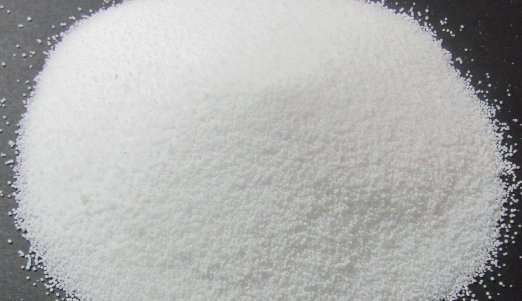
To clarify, you can still find ways on the internet to make lye from wood ash, but I don’t recommend it.
The newer (safer) version is made simply from salt, water, and electricity. It is much more stable for the end product of the soap but should still be treated with caution during the soap making process.
Saponification, The Process, And The Truth About Lye
I mentioned the term saponification previously.
Basically, it is the chemical reaction between the lye and fat that goes into soap. When these two react they form glycerin which is actually really great for your skin.
After this process, the soap goes through a curing process for a matter of weeks. There is a lot of chemistry stuff that goes into the whole process of soap making. I’ll be honest, it is a little above my pay-grade but if you are interested in the details this is a great resource that can explain it perfectly.
The best news is you don’t have to understand all of the chemistry behind soap making in order to make it.
The most important thing is, after the curing process your soap is done and safe. So to answer the original question: is it safe to use lye soap?
The answer: yes, it is!
In older days it wasn’t. As we discussed earlier, the way they once made their lye solution you weren’t really sure how much lye you were actually getting in your soap.
You could let it cure and it would still have too much lye in it which would result in nasty chemical burns.
However, now we have a new way of making lye crystals that can be purchased. This creates a more stable lye solution, and now we know how much lye is actually going into our soap.
Therefore, we know when the soap is finished with its curing process that the lye itself will actually be gone and glycerin will be in its place.
This makes your risk of chemical burns null, but the benefits of glycerin are many.
How To Put Your Lye Soap Knowledge Into Action
Now that you know that homemade soap is safe, here are a few recipes to get you started.
1. Honey Soap
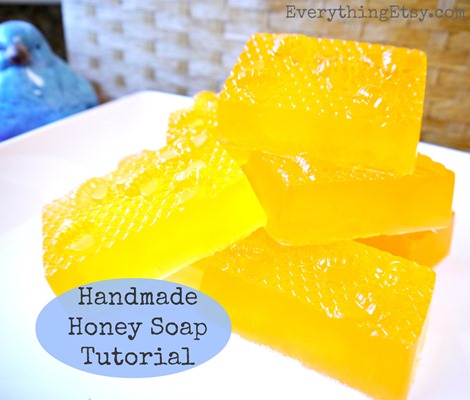
This one doesn’t actually require lye but if you are new to soap making like me then it might be a good place to start. Since we raise bees, I have lots of honey to go into this. This honey soap recipe will certainly help me put it to good use.
2. Coconut Oil Soap
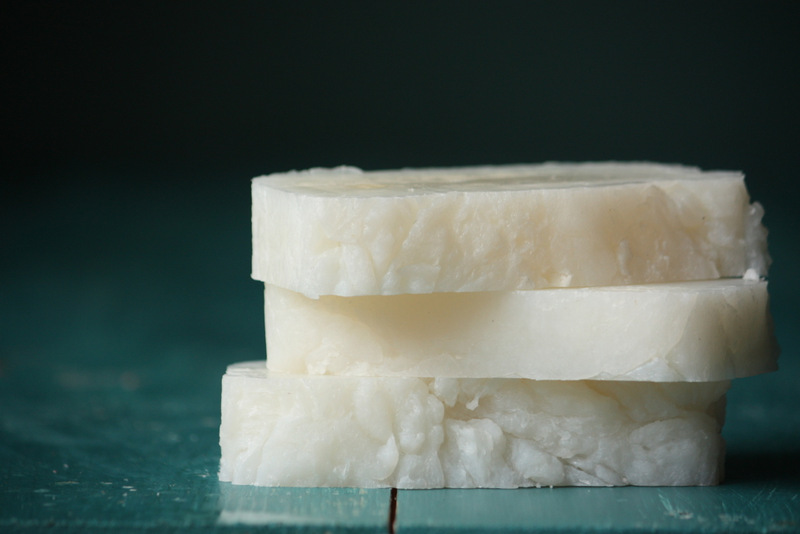
Coconut oil is a very easy product to come by so I thought this soap would be an easy one to gather all of the ingredients. This lady is very informative about lye and how to incorporate it safely into this soap. So here is the recipe for you to try out yourself.
3. Goat Milk Soap
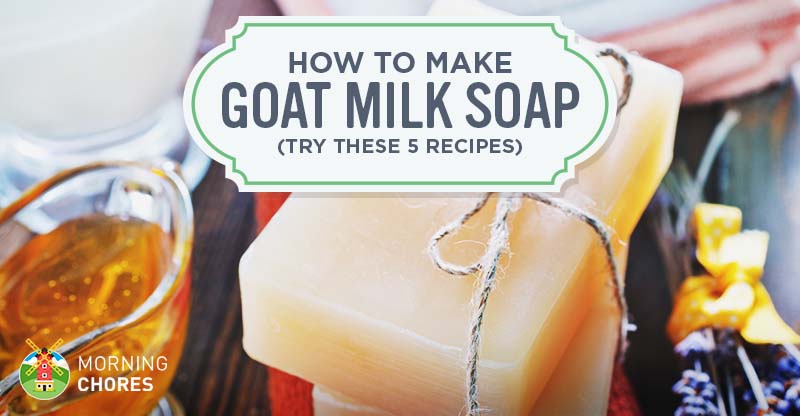
I love these recipes because it just seems like it will make a nice, creamy soap (which I love.) Also, I grow lavender and all of my goats recently had babies so I have no shortage of milk around here. Might as well put it all to good use, right? So here is the recipe for this wonderfully enticing soap.
